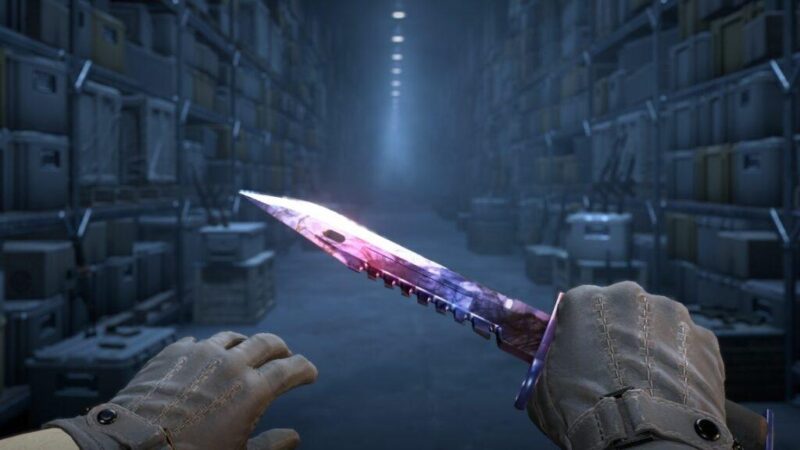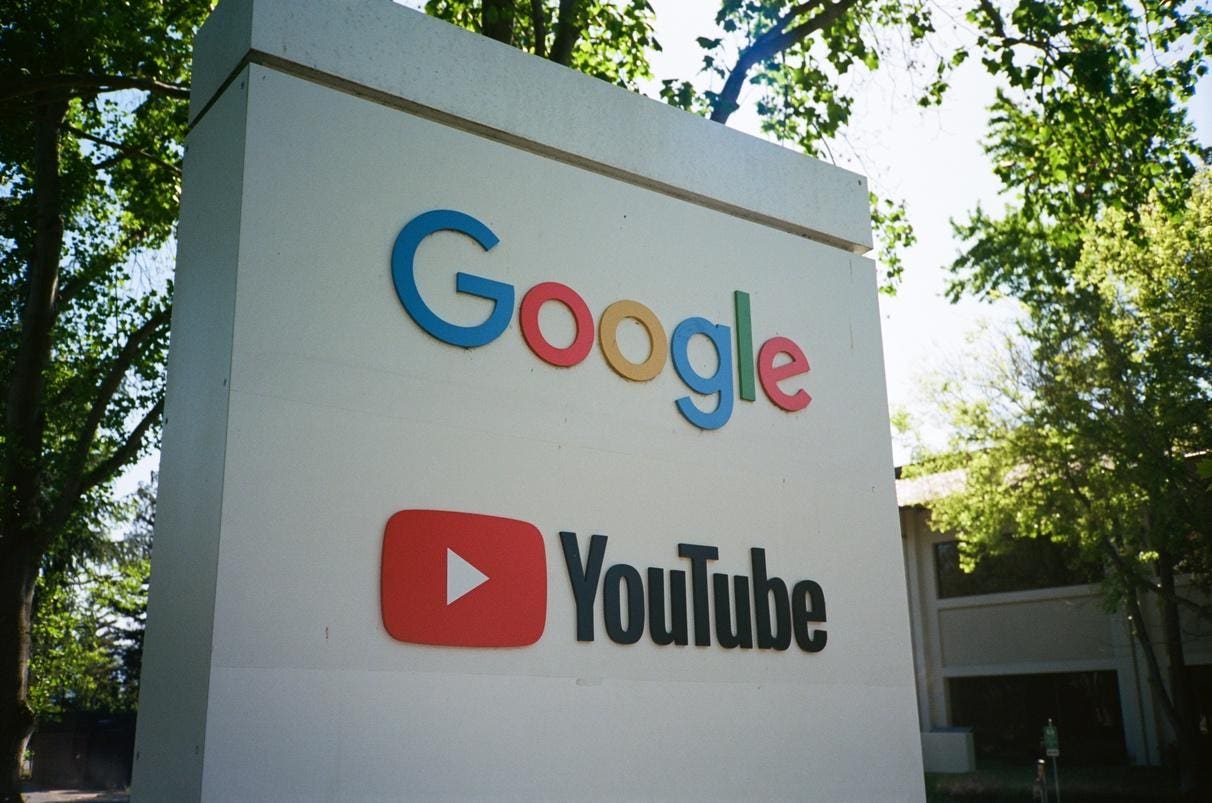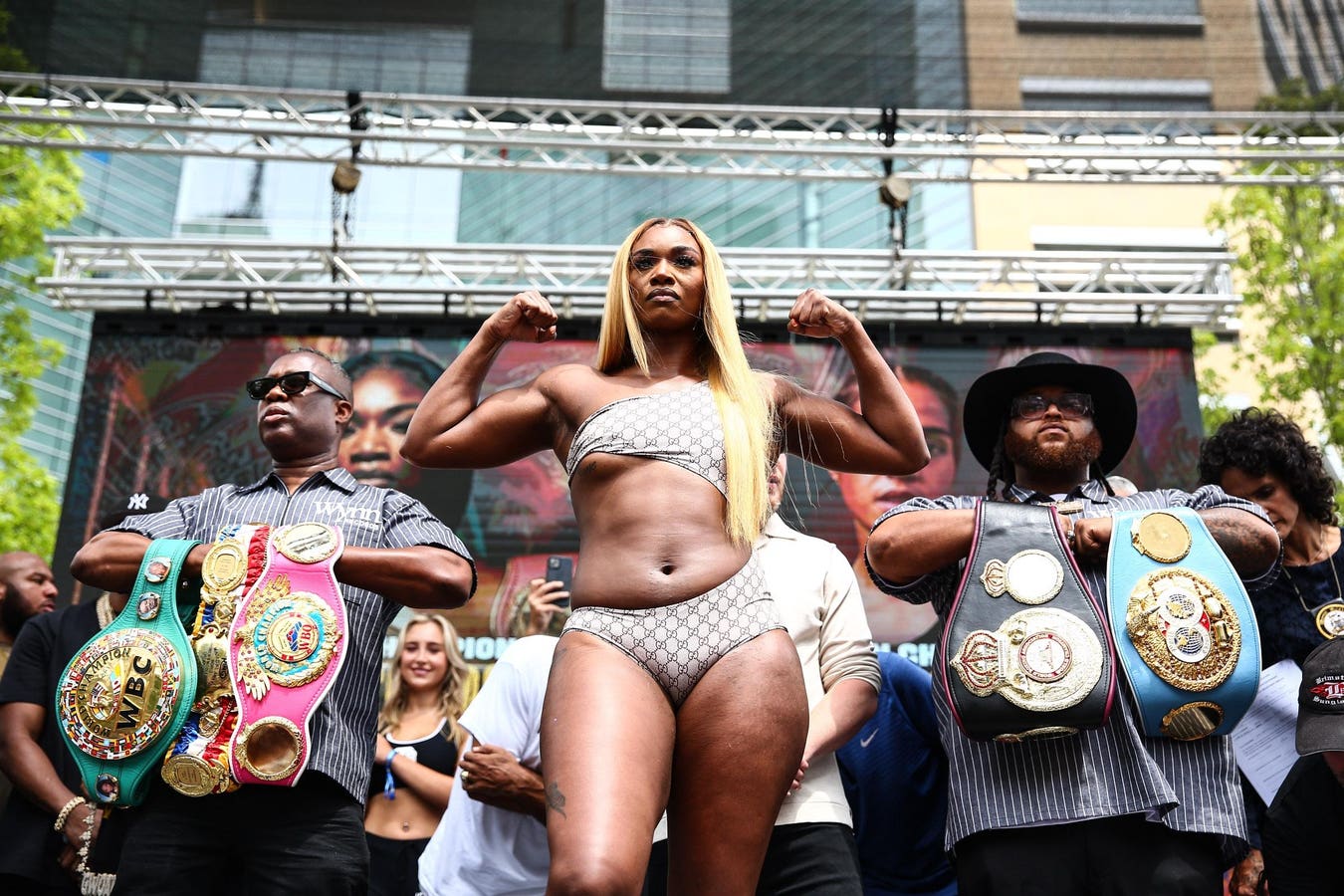The Counter-Strike 2 community has been thrown into turmoil after a fateful update from Valve sent shockwaves through Steam’s marketplace, causing the value of skins (purchased with real money) to soar and plummet.
The crashing of the skins market caused Counter-Strike 2’s market cap to fall from $5.9 billion to $4.2 billion overnight, as gamers scrambled to adjust to the new value of skins.
Why Are ‘Counter-Strike 2’ Skins So Valuable?
Counter-Strike 2, an immensely popular first-person shooter developed by Valve, famously boasts a thriving skins economy.
Players can “invest” their money in expensive skins, which can be bought and resold on Steam’s marketplace, or third party sites (in fact, it’s been suggested that the update was designed to bring third-party traders back to Steam, to allow Valve their share of the cut).
Before the controversial update, the value of rare skins tended to steadily increase over time, resulting in many players spending a surprising amount of money to acquire those difficult-to-find skins, some even managing to make a profit by buying and reselling on Steam.
The rarity and value of skins is color-coded, with grey and blue considered relatively common and the most valuable colors being red and gold. Players can trade ten skins of one color to upgrade to the next color, but this rule did not apply to gold.
Gold, which are knives and gloves, are among the most rare and valuable skins in the game, unable to be acquired by trading reds.
Before the update, golds could only be found by opening weapon cases containing random skins, with exceedingly low likelihood of actually uncovering a gold.
Hence, the rarest of the golds often sold on Steam’s marketplace for thousands of dollars.
That is, until Valve’s controversial update, which changed the long-standing rules, allowed players to trade red skins for gold skins, turning the market topsy-turvy.
In an instant, the value of gold skins plummeted, and cheap red skins skyrocketed, with the marketplace forcibly adjusting to the new landscape, sparking panic-buying and selling among players.
Think of the Counter-Strike 2 skins economy as something resembling the NFT craze, with the artificial scarcity of digital items resulting in real monetary value—at least, for a period of time.
Like NFTs, the Counter-Strike skins market was never a stable investment, as the skins held zero value outside of the game, and their rarity was always completely and utterly subject to the whims of Valve.
In response to the shocking update, the Counter-Strike 2 community was thrown into chaos, and reacted by posting memes and lamenting their losses.
Some cracked jokes praising the CEO of Valve, Gabe Newell, for readjusting the economy and making knives affordable to the common player.
While the update has spelled disaster for big investors, the general response from players is mixed, with some viewing the entire skins economy as a waste of time and money, and others are (understandably) upset that their “investments” have been shattered without warning.
This is far from the first time that a video game has developed its own economy, with players investing real money into the system—Roblox, World of Warcraft, Eve Online and certain Minecraft servers contain player-based marketplaces that fluctuate in response to supply and demand.
Players invest a great deal of time and energy into their favorite games, and are willing to pay real money for in-game luxuries and desirable accessories, even purely aesthetic upgrades like skins.
Like an NFT investment or unstable crypto coin, all of that value can melt into pixels overnight.
MORE FROM FORBES








